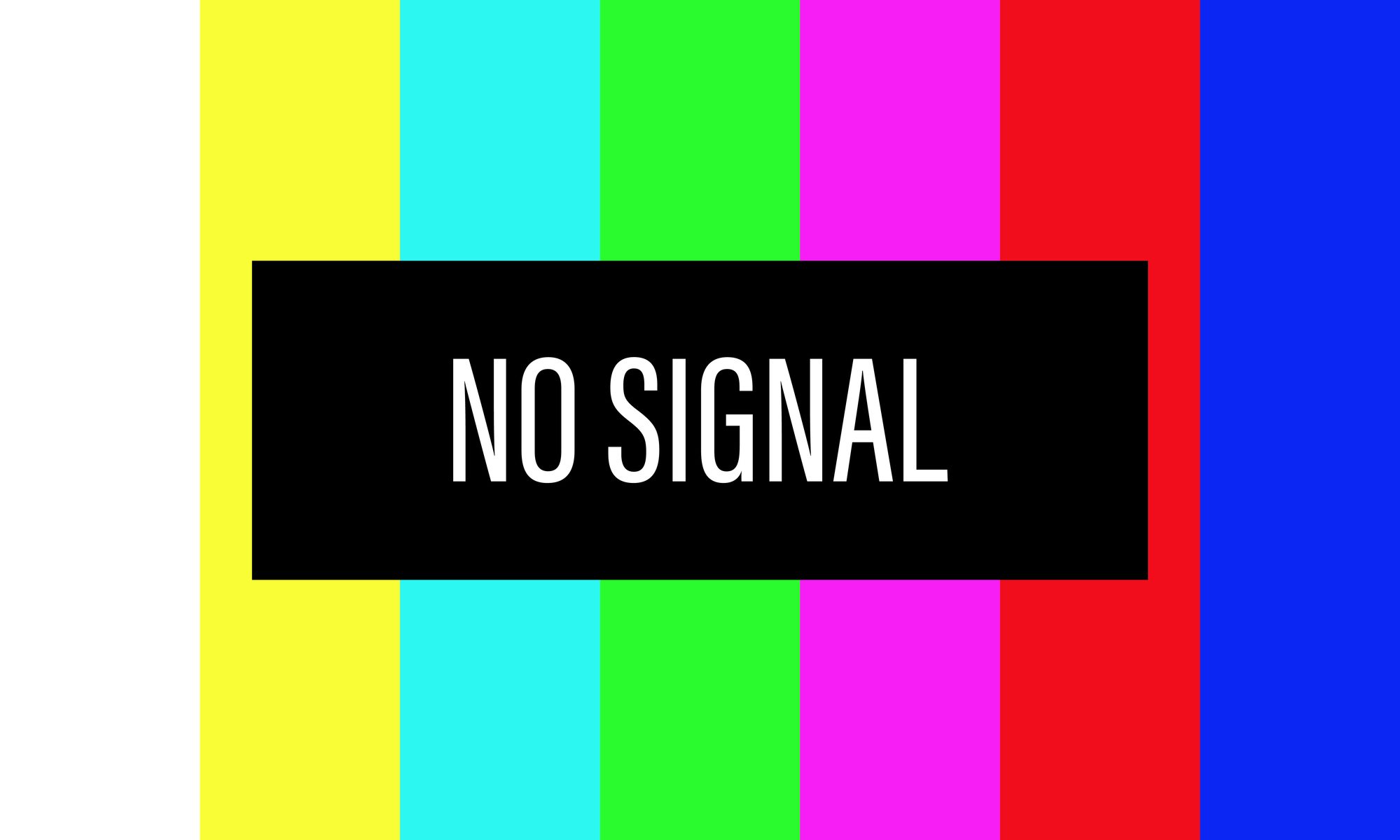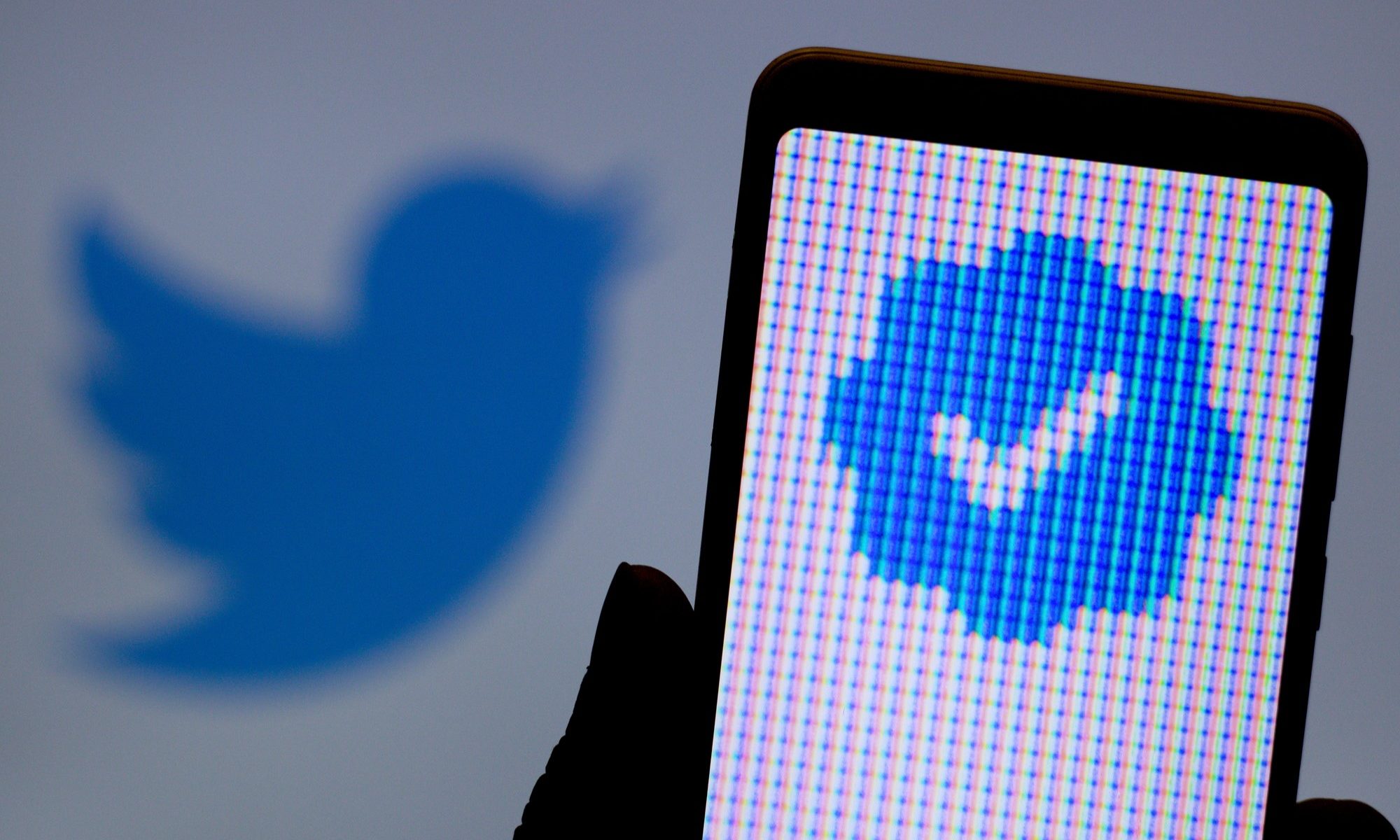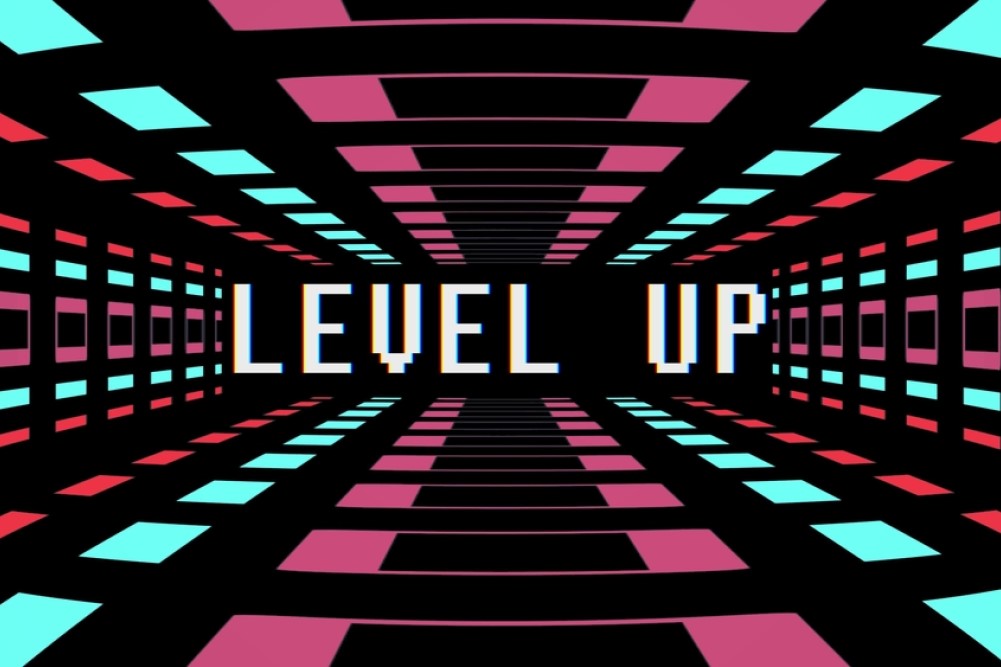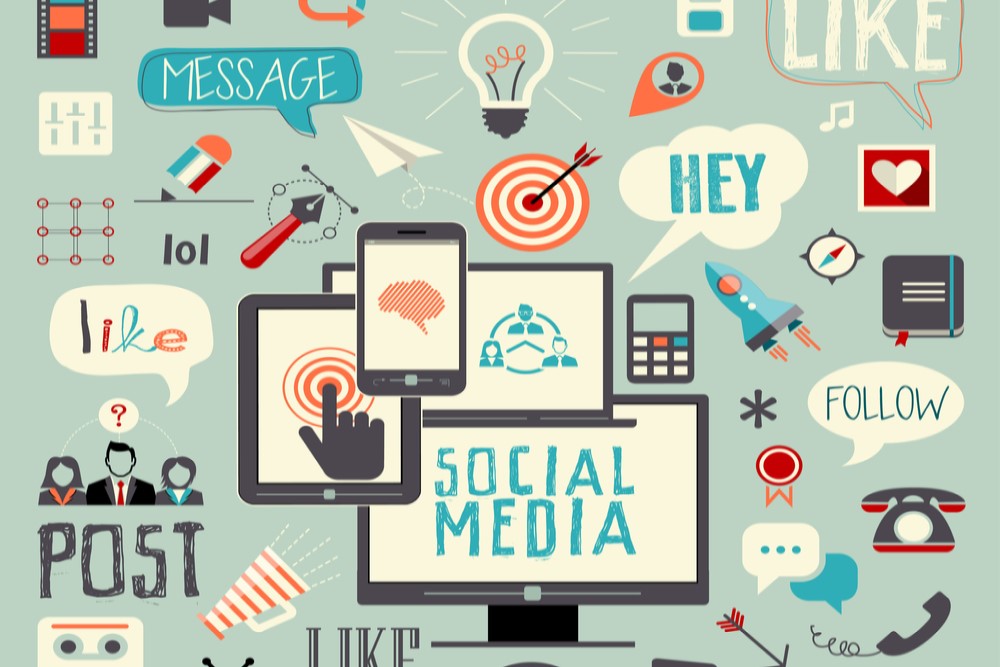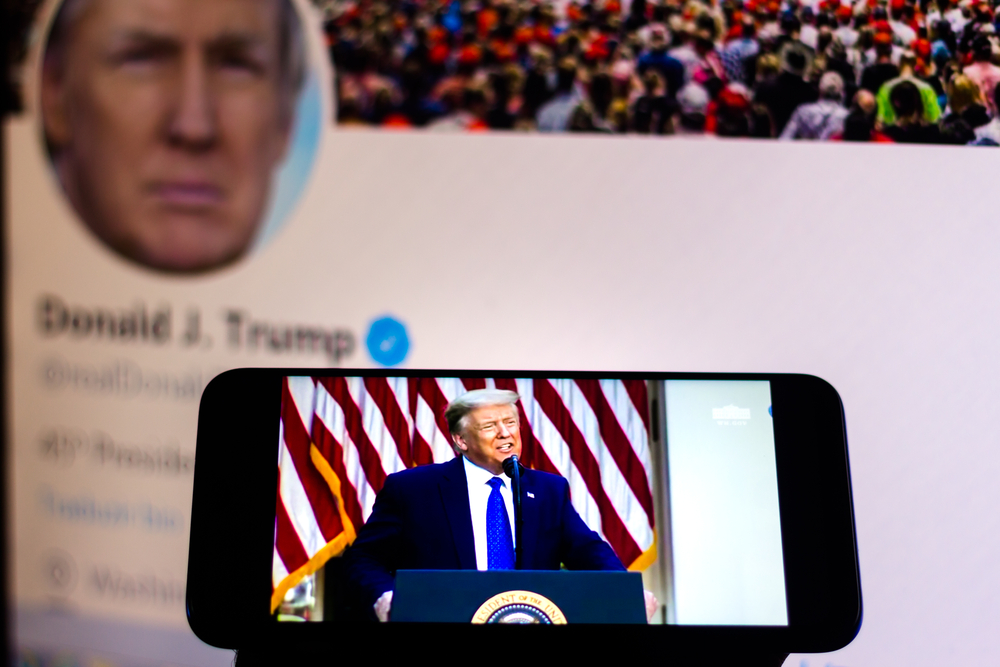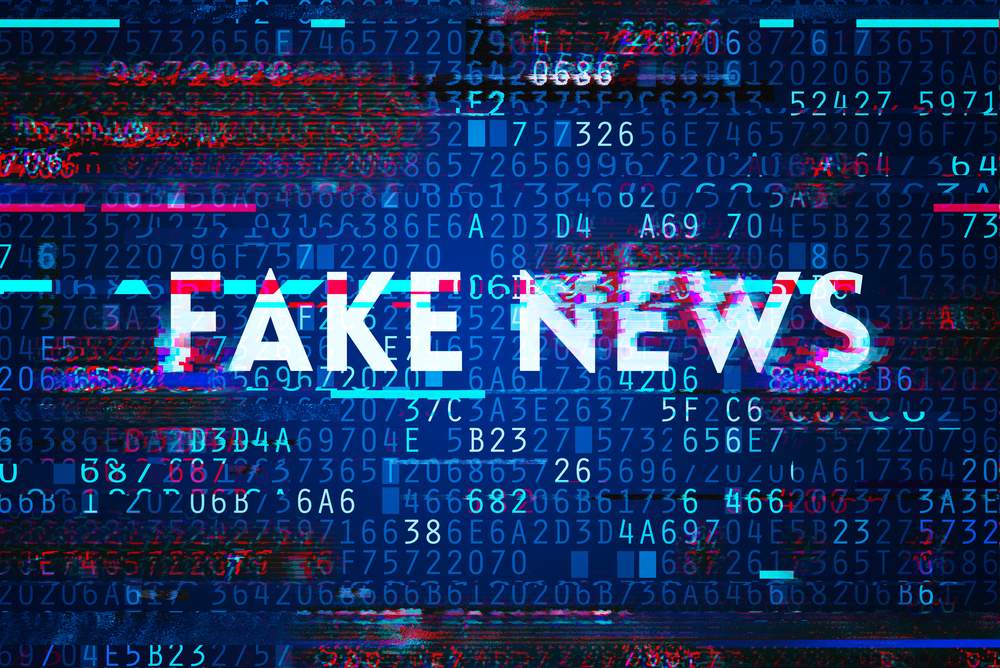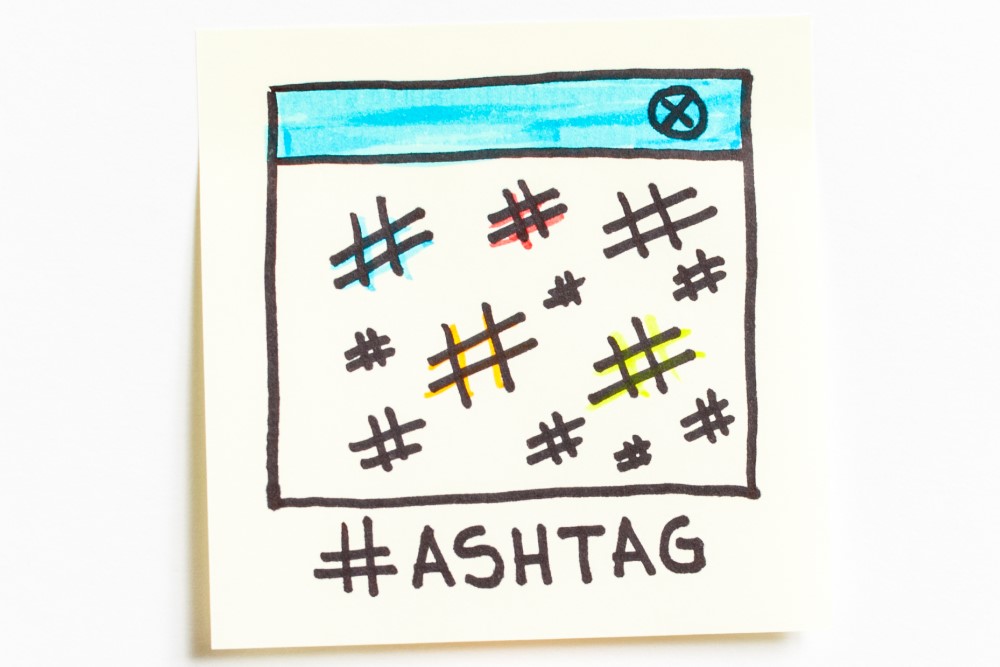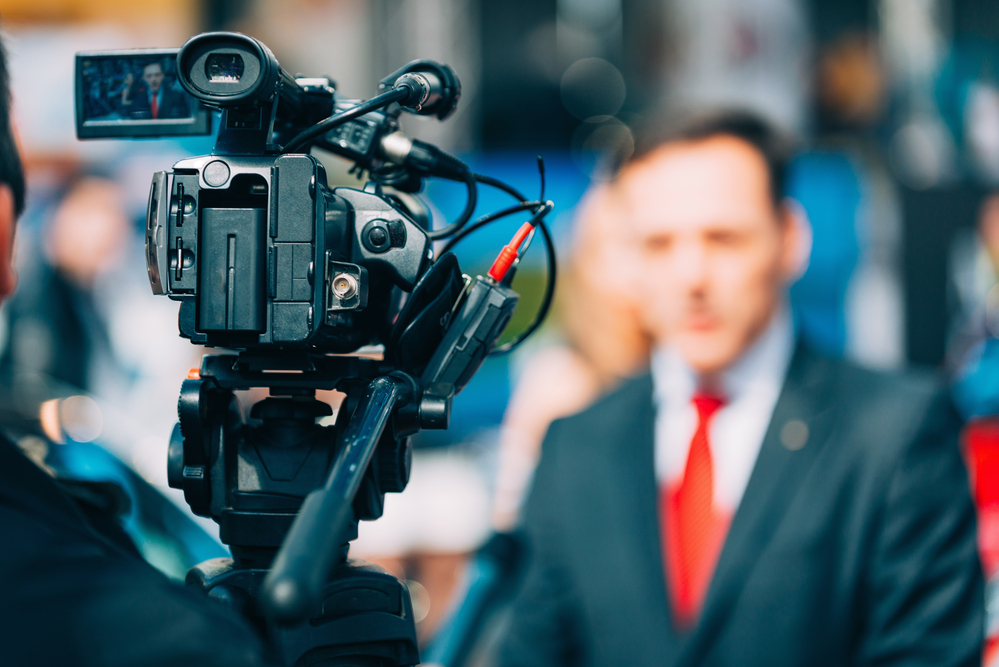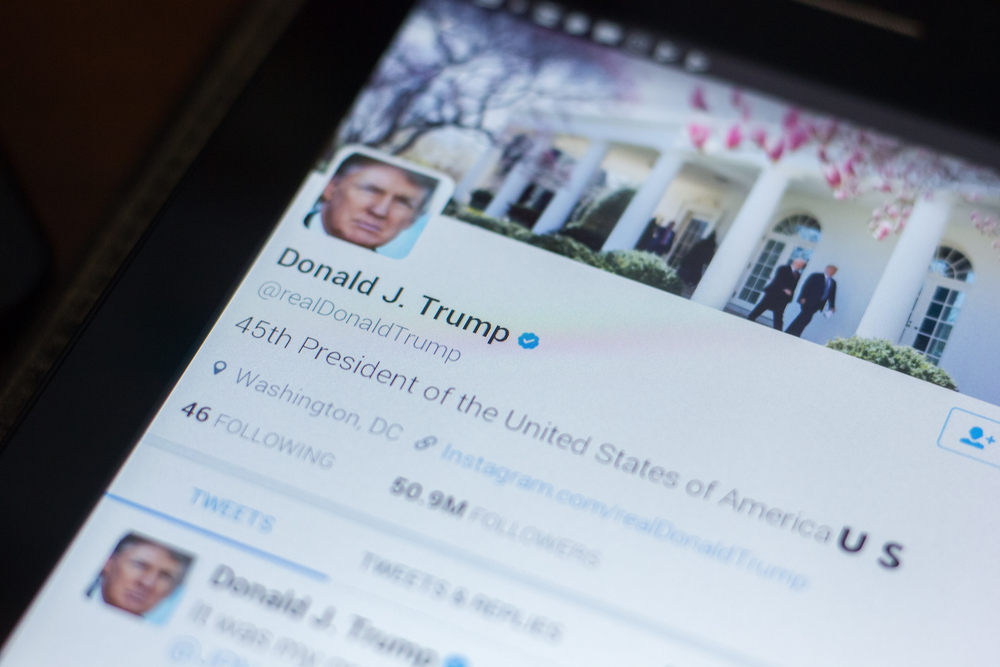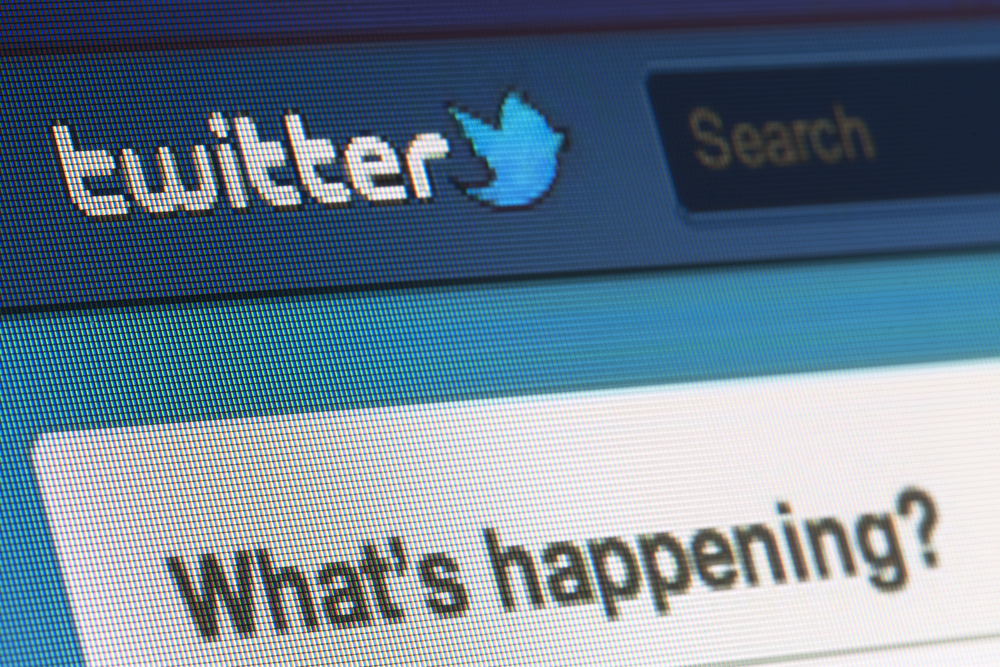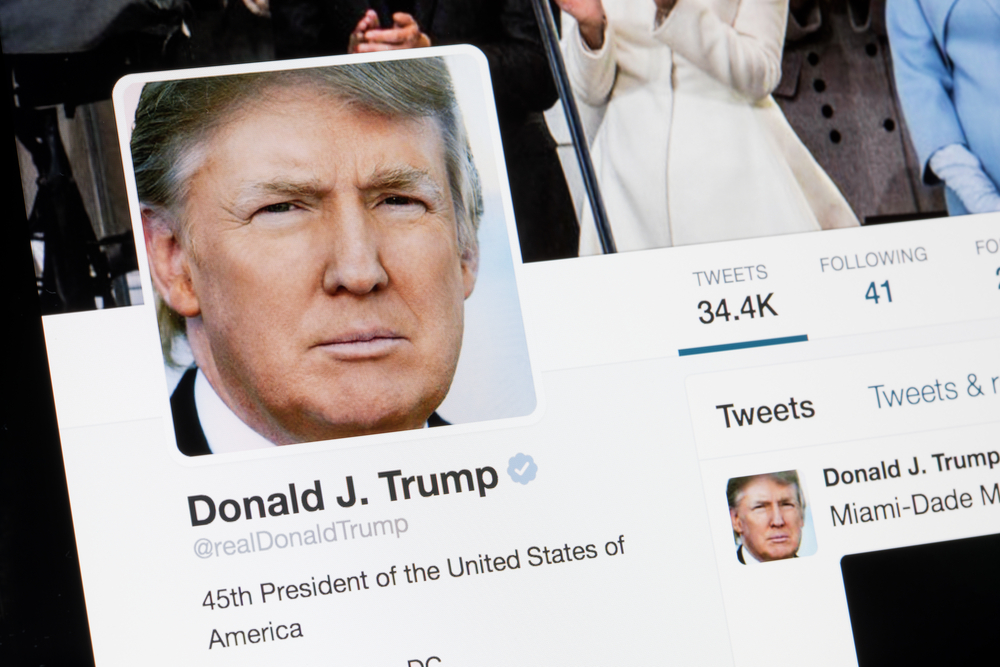Following Donald Trump’s re-election, many users of X questioned whether they should remain on the platform given Elon Musk’s extensive public and financial support of Trump. Researchers at the Queensland University of Technology found that, following Musk’s endorsement of Trump, Republican-leaning accounts had significantly more views than posts by Democrat-leaning accounts. This was true even when both had a similar amount of likes and reposts, suggesting X’s algorithm amplified the reach of Republican-leaning accounts. Further still, many users felt the platform changed in other ways after Musk bought the site – prominent users regularly post pro-Nazi content, hate speech on the site increased by as much as 50% and, troubling for creators hoping to promote their work, X’s algorithm suppresses posts with external links.
Many users switched to a platform called Bluesky. Previously by Twitter, Bluesky was initially an experiment into “decentralizing” social media platforms. Developers aimed to create an open protocol which independent social media platforms could then adopt, allowing their users to access content from other platforms running the same protocol. After Musk bought Twitter, Bluesky became an independent entity, launched a closed beta in February 2023, then released publicly in February 2024. After the U.S. presidential election in November 2024, the website’s userbase expanded at a rapid rate, rising from about 10 million users in September, to over 30 million by the end of January 2025.
Given that many users left X for political reasons, some criticized the exodus. Discussing this in December, Kenneth Boyd helpfully chronicles some critiques that users who left Twitter for Bluesky were willfully entering an echo chamber. However, Boyd concludes that our duties to preserve our own well-being can outweigh our duty to engage in discourse, especially when the other party in the discourse is motivated by hatred or a desire to troll.
But in recent days, critiques have re-emerged. An op-ed in The Washington Post argues that liberals, by migrating to platforms like Bluesky, undermine their political causes. Billionaire Mark Cuban, in re-posting this editorial, commented that minimal diversity of thought is hurting the platform’s growth. Similarly, an opinion piece in Slate contends that having only like-minded voices on the platform inhibits both the Democratic party and growth of Bluesky itself.
Given the recent resurgence in discourse, it is worth revisiting the issue. Ultimately, there are two questions we must consider: 1) How do we spot an echo chamber? 2) Is it wrong to stay?
Let’s begin by considering what an echo chamber is. In doing so, I rely on the work of C. Thi Nguyen. Nguyen distinguishes between echo chambers and what he calls epistemic bubbles. Although we often use “bubble” and “echo chamber” interchangeably, Nguyen contends there are important theoretical and practical differences between them. According to Nguyen, one is in an epistemic bubble whenever one’s regular sources of information exclude certain perspectives. The term “bubble” is apt for two reasons. First, it accurately describes the situation. Bubbles clearly divide the interior and exterior. In this case, the perspectives covered by one’s community are inside the bubble, while those excluded are outside. Second, it makes the solution clear. Bubbles may be popped; once something pierces them, they are destroyed. To leave an epistemic bubble, one must merely be exposed to information and perspectives normally not covered within one’s community.
However, echo chambers pose a greater challenge, argues Nguyen. Among the features that differentiate echo chambers from epistemic bubbles are that echo chambers utilize what he calls disagreement reinforcement mechanisms. Unlike epistemic bubbles, echo chambers promote distrust of all information that comes from sources outside the chamber. To accomplish this, influential figures in the echo chamber may frame otherwise contrary information in a way that promotes both rejecting that information and further trusting the prominent voices within the current community.
For instance, imagine an isolated religious community. The leaders instruct followers that the outside world is corrupted, most people are possessed by wicked spirits and these spirits will try to tear adherents away from the community, so they too become corrupted. Suppose a member flees the compound and encounters an outsider. This outsider, upon learning about this religion and its teachings, cautions that this is a cult and the member should never return. This may, in fact, cause the member to gain further trust in the community from which she fled – the leaders accurately predicted what the outsiders would say and recommend. Hence, this warning serves as a disagreement reinforcement mechanism, as encountering a different perspective reinforces one’s trust of the prominent perspective in the echo chamber.
Although Nguyen argues there are other differences between echo chambers and epistemic bubbles, this is perhaps the most important and troubling feature: echo chambers encourage distrust of outsiders and provide members of its community with an explanation that enables them to dismiss all dissent.
With this taxonomy in hand, we can get a clearer handle on the situation for Bluesky and other social media platforms. Unless a platform is designed such that a) simply by virtue of being on the platform, users must consume content that b) encourages them to distrust and reject external sources of information and c) dissenting voices are either not present or their posts are suppressed, algorithmically or otherwise, then it does not seem that the platform itself is an echo chamber. At most, users can create or enter an echo chamber within the platform. But ultimately, without intervention by the designers of a social media platform, no platform is an echo chamber. These communities require intentional construction.
Further still, a platform is not automatically an epistemic bubble either. One may create an epistemic bubble on a platform through one’s choices about who to follow and content to consume. If a social media platform tends to disproportionately represent certain perspectives, then one may unintentionally create an epistemic bubble in their feed. But this happens naturally in many domains – where we live, shop, and worship (if we do) tends to correlate highly with our political beliefs. Given that we are likely to form friendships with people who live near us and share physical spaces with us, then social interaction in general has a propensity to create epistemic bubbles, at least when polarization is part of our background conditions. So, epistemic bubbles on social media platforms may simply be one symptom of a larger problem. And it is unclear why we ought to address this symptom first. Perhaps we should see a flood of columns exhorting liberals to take up hunting, or ads informing conservatives about the quality of Trader Joe’s proprietary brand products.
Of course, one might contend that this is simply a matter of semantics and that it does not matter whether a platform is an epistemic bubble or an echo chamber. But this misses the larger importance of the point. Whether a given community is an echo chamber of an epistemic bubble determines what we must do to resolve it. As noted earlier, we can simply pop epistemic bubbles by exposing those within one to the perspectives and views that it does not cover.
Echo chambers, however, pose a greater challenge. The presentation of previously unheard information may in fact lead one to double down. Nguyen argues that breaking out of an echo chamber requires first developing a prior trusting relationship with the individual who presents the contrary evidence. If one views the presenter of information as knowledgeable, trustworthy, and well-meaning, then they must weigh this contrary information against the echo chamber’s disagreement reinforcement mechanism. In time, this may cause them to lose confidence in the most prominent voices and beliefs within the echo chamber. Unfortunately, this process requires a lot of time and a great amount of patience on the part of the party outside the echo chamber.
Thankfully, though, if my above analysis is apt, (most) social media platforms are epistemic bubbles at worst, rather than echo chambers. Thus, one may not need to leave the platform. They must simply ensure that the platform is not their only source of information. Of course, one might argue that one has significant reason to leave a platform even if it merely lends itself to creating an epistemic bubble. We will consider ways of arguing this in my next column.



